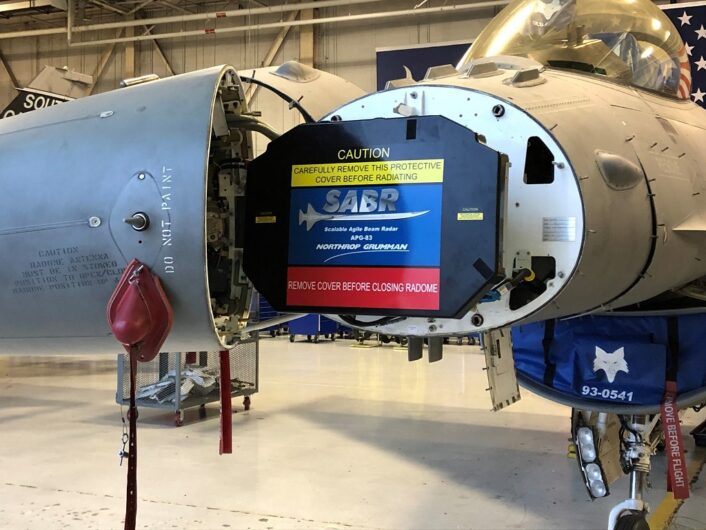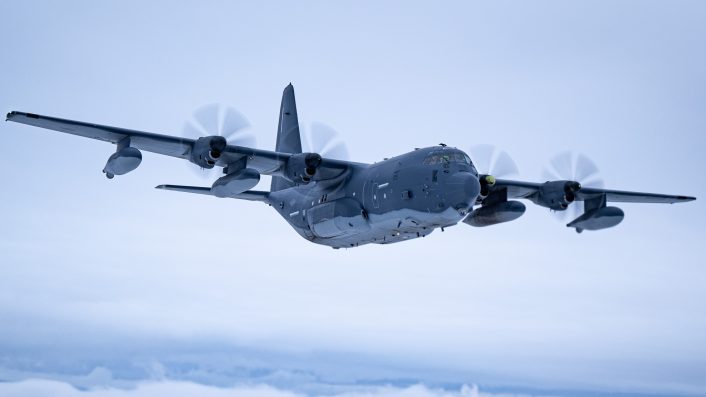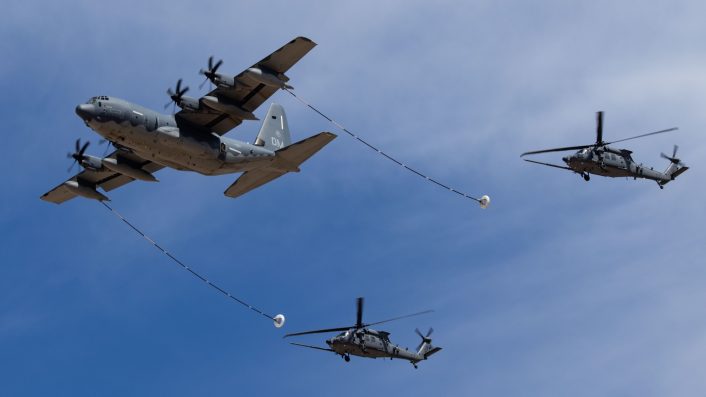Special Operations Command picked Northrop Grumman’s APG- 83 SABR to change legacy radars on AC- 130 J, MC- 130 J, and HC- 130 J aircraft.
The United State Flying force has actually announced that Special Operations Command (SOCOM) will furnish its fleet of C- 130 variations with the Northrop Grumman AN/APG- 83 Scalable Agile Beam Radar (SABR), noting a substantial jump onward in the aircraft’s mission capabilities. The plan, described in a unique notice by the Air Force Life Process Management Center (AFLCMC) on Aug. 27, 2025, covers the acquisition of 147 radars and connected components for 64 MC- 130 Js, 39 HC- 130 Js, 30 AIR CONDITIONER- 130 Js, plus saves.
The decision, first reported by Air travel Week , follows more than a years of conversations concerning enhancing SOCOM’s C- 130 fleet with energetic electronically scanned selection (AESA) radar modern technology. Previous efforts, such as evaluating the AN/ASQ- 236 Dragon’s Eye shuck on gunships, ultimately failed to meet functional needs.
The APG- 83, already in solution aboard F- 16 s, is currently placed as the radar of choice for a few of the Flying force’s the majority of functional special procedures aircraft. These platforms are currently involved in numerous upgrade programs, meant to make them much more relevant in existing and future circumstances.
From Tradition Systems To AESA Ability
Currently, the SOCOM C- 130 fleet relies upon the Northrop Grumman AN/APN- 241 mechanically scanned radar, primarily a climate and navigation sensing unit. While trustworthy, this tradition system lacks the multifunction abilities and strength needed in contemporary objected to environments.


According to the AFLCMC’s notification, the APG- 83 setup will certainly call for the purchase of antenna assemblies, receiver exciter cpus, and interior cabin devices packages. Specialists will be responsible for giving products, sustainment, and support infrastructure at either their facilities or through subcontractors.
The APG- 83 itself has never before been incorporated into a C- 130, but the system is commonly deployed on Lockheed Martin’s F- 16 Fighting Falcon and represents a tried and tested, production-ready solution for AESA capability. With the C- 130 being one more Lockheed Marting product, the business would currently have all the details required to prepare the integration of the radar aboard the new system.
Why The Upgrade Matters
As reported by The Battle zone in January 2024, adding AESA radars to AC- 130 J Ghostriders and MC- 130 J Commando IIs has long been seen as a method to dramatically broaden their functions beyond counter-insurgency procedures.
Unlike mechanically checked radars, AESA systems can provide near-instant scanning speeds and multitasking ability, high-resolution synthetic aperture radar (SAR) images– making it possible for target interaction in all weather, Ground Relocating Target Indication (GMTI) tracking– vital for keeping track of automobiles and other mobile risks, improved resistance to jamming and enhanced dependability because of fewer moving parts.


For the AIR CONDITIONER-130 J gunship specifically, the AESA would allow operators to spot and track targets across better arrays, potentially determining fixed targets for interaction even in degraded weather. In those conditions, the air conditioner-130 would not be able to utilize its multiple electro-optical(EO)sensors.
Although constraints exist– for instance, the radar can not directly sign the gunship’s left-mounted tools without extra side arrays-the capability represents a significant advance. In fact, the radar could still be made use of to check an area even before it remains in variety of the EO sensing units.
The MC-130 J , on the other hand, stands to benefit from enhanced navigating, monitoring, and the capability to function as an interactions and electronic warfare system. AESA radars can be leveraged as electronic assault systems, with the ability of interfering with opponent electronics, or as long-range, high-bandwidth interactions communicates for pressures in denied environments.
These abilities would be vital in the system’s goal to support Special Operations Forces. Actually, in today’s ever-changing functional situations, this can raise the functions of the MC-130 behind firing line, which would certainly not be restricted to the insertion and extraction of SOF groups.


A Historical Need
The push for AESA technology on SOCOM C-130 s dates back at the very least to 2015, when first analyses of radar shucks meant the possibility for enhanced situational recognition and targeting. Former Air Force Unique Operations Command (AFSOC)leader Gen. James Slife highlighted the principle once again in 2022, emphasizing the transformative opportunities of an AESA-equipped Hercules.
Slife described such radars as a pathway to “an entire host of capabilities that we have not seen
as much as this factor,”including air-borne electronic attack and cyber effects. The brand-new choice of the APG-83 lines up with those aspirations, offering an extra concrete roadmap to fielding the modern technology throughout SOCOM’s fixed-wing fleet.
Nevertheless, the road is still long, and a timeline for the fielding of the brand-new ability is not yet openly
readily available. Furthermore, the new AESA installments will certainly need to exist alongside other upgrades, and it is unclear if these could impact the timeline.
Among these is the ongoing rollout of the AN/APQ-187 Quiet Knight terrain-following radar, which is being added to MC-130 Js and other unique procedures airplane. The mixed result of these parallel radar programs can transform the way SOCOM utilizes its Hercules fleet, offering pilots both low-level ingress capability and high-resolution all-weather surveillance from a single platform family.